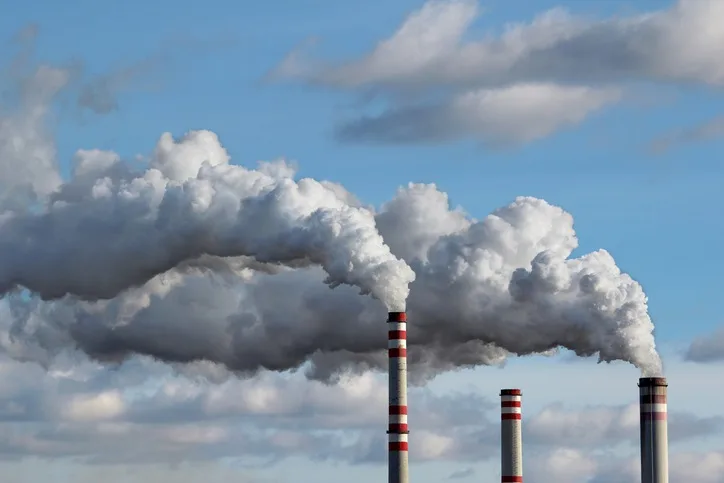
Global temps to rise 3.2 C by 2100 unless emission cuts triple
We are falling way behind where we need to be on emission reductions according to new UN report
On Monday, the World Meteorological Organization announced that greenhouse gas emissions once again hit a record high in 2018, with no sign of slowdown.
Just one day later, a new UN Environment report states that, based on emission increases, even if the world's governments follow through on their commitments for the Paris Agreement, the planet is headed for a 3.2°C increase in temperatures by the end of this century.
That is well beyond the original 2°C limit on global warming set during the 2015 Paris Agreement, and over double the more optimistic 1.5°C target the Agreement strives to reach.
According to the report, in order to keep to that 1.5°C target, the collective actions by the nations of the world must increase more than fivefold to deliver the needed cuts to emissions. To hold to the less optimistic 2°C limit would require a threefold increase in emission cuts.
"Our collective failure to act early and hard on climate change means we now must deliver deep cuts to emissions," Inger Andersen, the UN Environment Programme's Executive Director, said in a news release on Tuesday.
"We need to catch up on the years in which we procrastinated," Anderson added. "If we don't do this, the 1.5°C goal will be out of reach before 2030."
"Had we acted in 2010, we would have had to reduce our emissions by 3.3 per cent a year," Anderson explained in a UN press conference. "Now, because of climate procrastination which we have essentially had during these 10 years, we are looking at a 7.6 per cent reduction every year."
"Is that possible?" she added. "Absolutely. Will it take political will? Yes. Will we need to have the private sector lean in? Yes. But the science tells us that we can do this."
The Emissions Gap Report 2019 states there is currently no sign of greenhouse gas emission rates peaking in the next few years, and it emphasizes how damaging it will be to postpone that peak. If emissions do not peak by 2030, they would need to be cut to 55 per cent lower than the 2018 emission rate.
Carbon emissions reached a record high of 55.3 gigatons in 2018. Thus, regardless of how high emissions rates rise by 2030, they would need to drop to only 24.9 Gt for us to still limit the global temperature increase to only 1.5°C over what was seen during pre-industrial times. The path we need to take is clear. We must reach peak emissions as soon as possible, and reduce emissions significantly for the next decade.
The UN's Emissions Gap Report 2019 is an annual look at where greenhouse gas emission reductions stand in comparison to the promises made by the nations of the world, first during the Copenhagen Accord of 2009 and then for the 2015 Paris Agreement.
The report not only evaluates the gap between actions and commitments, but it also uses the latest scientific data to project the impacts of current and future expected emissions on global temperatures by the end of the century and beyond.
This tenth report, in 2019, is the first to examine the exact emission reductions needed on a yearly basis, between 2020 and 2030, to remain on track for both the 1.5°C and 2°C goals of the Paris Agreement.
"For ten years, the Emissions Gap Report has been sounding the alarm - and for ten years, the world has only increased its emissions," said UN Secretary-General António Guterres. "There has never been a more important time to listen to the science. Failure to heed these warnings and take drastic action to reverse emissions means we will continue to witness deadly and catastrophic heatwaves, storms and pollution."
Sources: UN News | UN Environment Programme | UN Web TV







